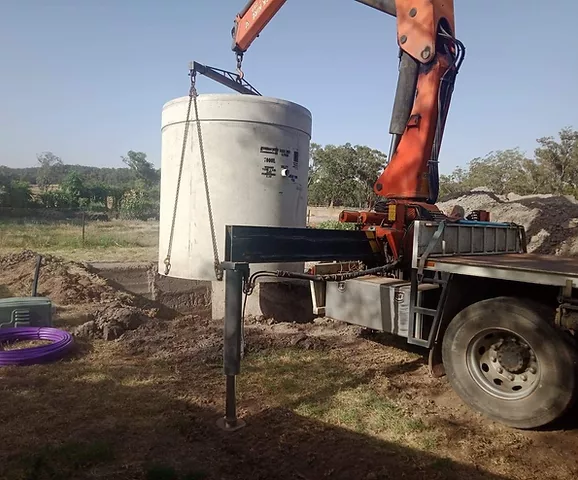How Much Sewage Does a Household Produce? Understanding Your Home’s Wastewater Output

Effective wastewater management begins with understanding how much sewage your household produces. This knowledge is crucial for maintaining a healthy environment, ensuring efficient operation of wastewater systems, and planning for future needs. In this blog, we’ll explore the factors influencing household sewage production, provide insights into typical sewage volumes, and offer tips for managing and reducing your household’s wastewater output.
Choosing the Right Septic Tank Size for Your Home: Why It Matters and How to Get It Right

When it comes to managing household waste, having a septic tank is a practical and effective solution for many homeowners, especially those not connected to a municipal sewer system. However, selecting the correct size for your septic tank is crucial for ensuring its efficient operation and longevity. In this blog, we’ll explore how to determine the right size septic tank for your home, the benefits of having the appropriate tank size, and the potential consequences of getting it wrong.




